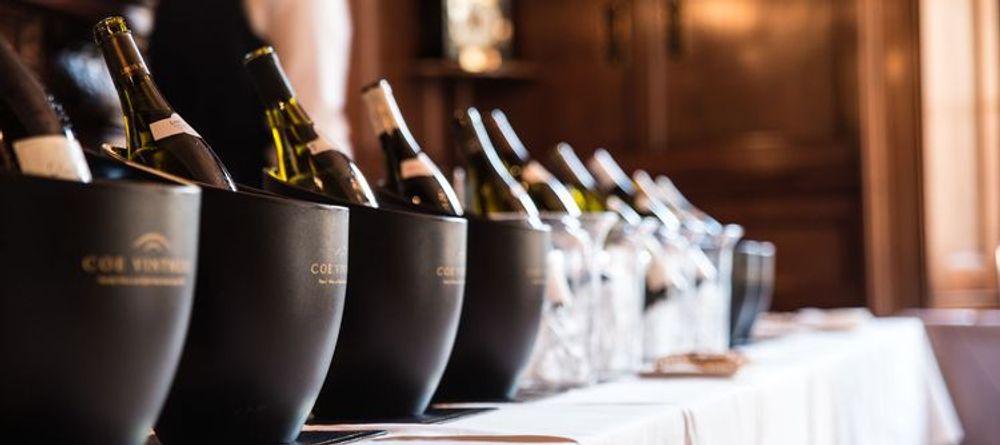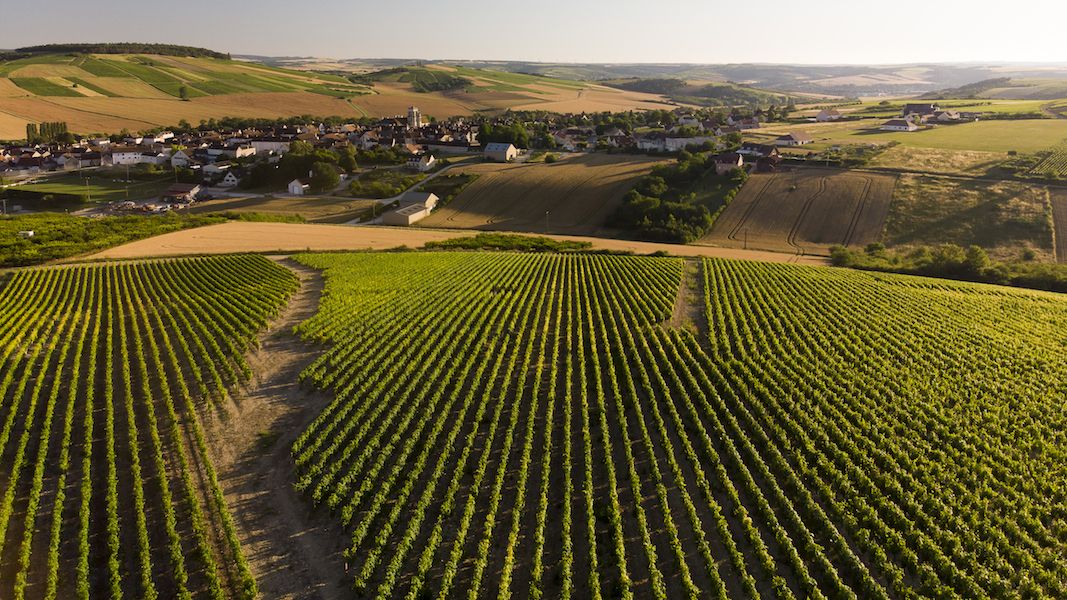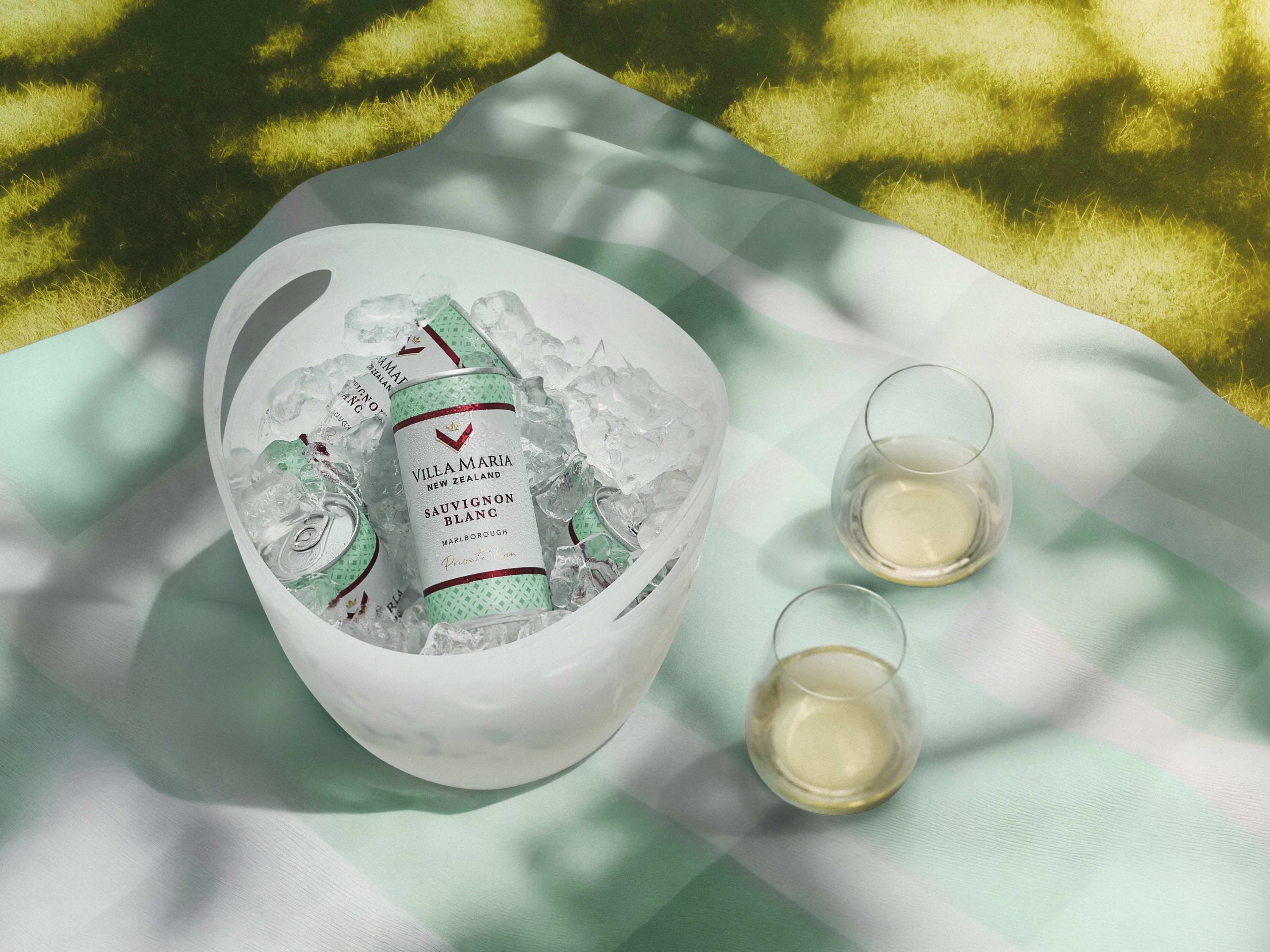Jason Haynes, Director and Burgundy Buyer shares his personal insights on Bourgogne and why it is such an important part of what Flint Wines does and a key way to start the new year with Bourgogne Week that falls in the second week of January.

“The smart money is currently on the AOC Bourgogne Hautes Côtes de Nuits” Jason Haynes, Flint Wines:
How were the last 12 months for your Bourgogne performance compared to the previous year?
Very strong. 2017 was a highly demanded vintage for white wines, and available volumes were much better than in the frost-stricken 2016 vintage, so sales were well up. 2017 reds really impressed people who tasted them en primeur and sales were stronger than expected; the wines were just so charming.
What is particularly selling well for you from Bourgogne?
The lesser-known appellations like Côte de Nuits-Villages, Marsannay, Fixin, Auxey-Duresses and Maranges all enjoy a big surge. Quality has never been better, and prices look even more reasonable as the grander names continue to increase in price.
Any particular tips to your customers on how to make the most of their Bourgogne range?
Don’t be obsessed with the ‘vintages of the century’. These days there are no genuinely bad vintages and often the so-called lesser vintage surprise to the upside. Also, anyone beginning to collect wines wants something to drink, so there is no point in only buying the vintages that will require at least ten years of ageing. 2017 reds are perfect for the young collector; delicious already but will age very nicely in the mid-term.
Why do you have Régionales appellations + a Geographical Denomination?
Bearing in mind soil types change within a few metres it would be curious if all Régionales appellations were lumped together despite being tens of miles apart with very different climates and very different soils. Most of Bourgogne is being broken down into ever smaller plots, so it is only logical that the Régionales appellations have some degree of distinction.
Why would you say they are the most interesting in terms of quality and value and of availability?
Often the work the vignerons have to do in these appellations is the same as they have to do for their grander wines, yet they charge as little as 5% of the price in some instances. Yes the soils may be less interesting and the wines less complex, but the best examples have great merit. These days growers are aware that their reputations begin with these wines and attach genuine importance to ensuring they are quality driven. After all, it’s their name on the label!
How do you promote these differently on the British market?
The wines offer a great way into the Bourgogne market, especially for younger buyers with perhaps less budget. The wines will generally drink a little younger, so they can be enjoyed with more immediacy. And one can enjoy examples made by Bourgogne’s very best growers and experience that thrill in the same way that you might not feel like stretching to a Versace suit but will be delighted to wear the tie.
Which of these appellations would you say are the most interesting in terms of quality, and of availability?
The creation of Bourgogne Côte d’Or is a great idea and makes an important distinction between Bourgogne from elsewhere. But the smart money is currently on the AOC Bourgogne Hautes Côtes de Nuits. Climate change has so far had a positive effect on this area, which used to struggle to ripen but can now talk up its ‘cooler microclimate’ as a positive element. Prices of vineyards in this area will increase in price dramatically over the next few years as growers latch on to its potential.

Would you say they have a good price/quality ratio? If so, why?
The best examples offer great value. One gets to enjoy wines made by some of Bourgogne’s finest growers for a fraction of the price of their top wines. And we all like to be sprinkled with stardust from time to time.
Why are these appellations beneficial to the ranges of wines you offer?
Because the wines tend to drink earlier than the grander appellations they provide current drinking without having to resort to infanticide of more expensive wines, which can disappoint because they are drunk too young, they are often a good indicator to a grower’s style as well. One can get a feel for their philosophy on the use of whole bunch, new oak, level of extraction etc.
What are the three top tips to convince customers to buy a bottle of Régionales appellations + a Geographical Denomination?
Look for a good grower.
Look for a top vintage. Great vintages filter all the way down and often have the greatest impact on lesser appellations. Prices will be the same, but the quality will vary.
Look out especially for Bourgogne Côte d’Or and Bourgogne Hautes Côtes de Nuits as there is often excellent quality here, but pricing is way below wines from often just across the road.
You can find out more about the tastings taking place during Bourgogne Week by clicking here.
You can also follow what is happening during Bourgogne Week on social media at @BourgogneWeek with #BourgogneWeek and #BourgognePassItOn










































